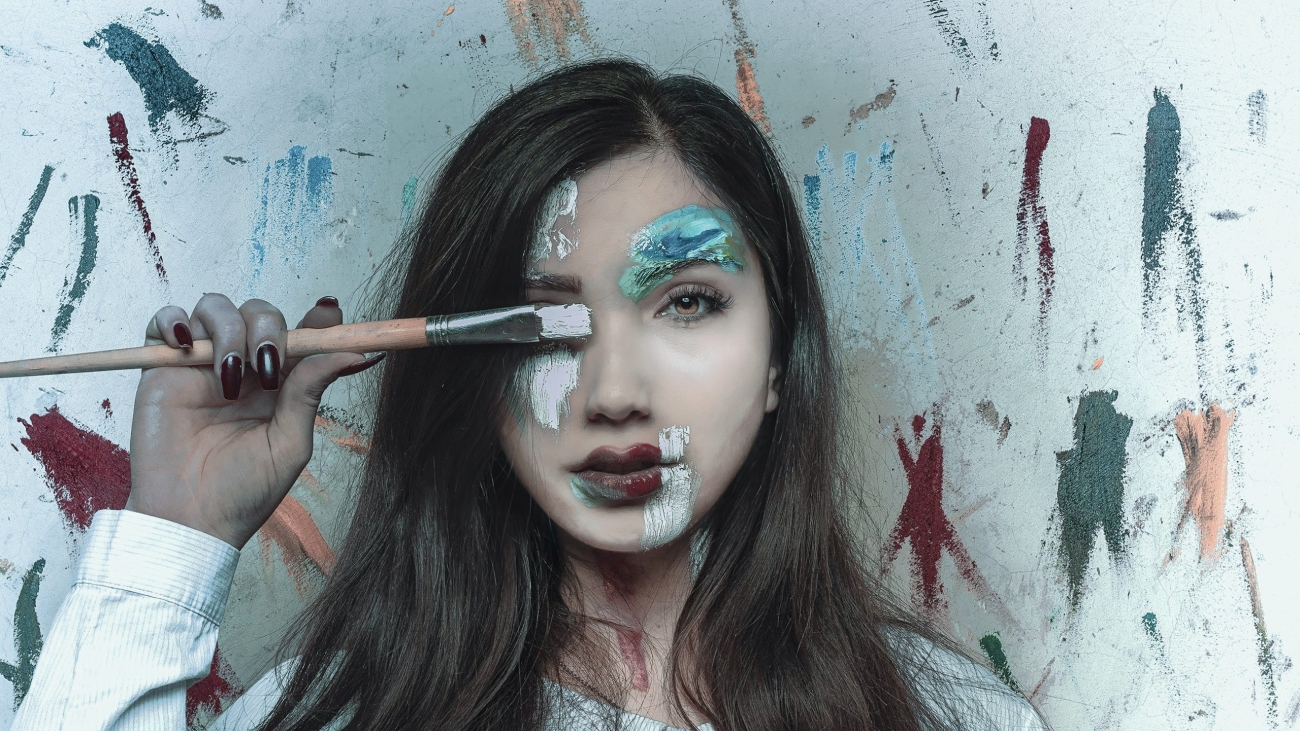As an artist and as an educator, we hear this all the time. This is because most people equate creativity with making art. to the ability to draw or paint. But creativity and creative thinking is so much more than that.
Creative thinking is the ability to think laterally think out of the box, come up with ideas, generate, solve problems. If you have ever done this – had a moment of light, had a stroke of genius, solved a problem in a unique way – then you are creative and in fact possess creativity and creative thinking.
Creativity and creative thinking are consistently identified as one of the most valued soft skills, both in a professional and personal context. Creative thinking can not only increase productivity at work, but it can also increase curiosity, improve well-being, boost self-confidence and boost self-esteem.
Creative thinking is essentially the ability to see something in a new way, be it an idea or an emotion, a thought pattern, a problem or a solution. Creative thinking helps us overcome the preconceived ideas and approaches that we have so often relied on in the past. It opens our minds to new possibilities, to new ways of thinking.
Creative thinking is becoming increasingly important in a professional sense as we see today’s workplace changing rapidly, with technological advancements, automation and remote working changing the nature of the job market. Employers value creativity and creative thinking as fundamental to success in this modern workplace. Originality, imagination, problem solving, resourcefulness, open-mindedness and collaboration, which are by-products of creative thinking, are highly sought-after traits.
Likewise, creative thinking can greatly benefit us personally. Creative thinking helps us challenge ourselves and our thought patterns, which in turn can improve self-awareness, empathy, tolerance and well-being.
Creative thinking is considered so important that it was recently added to the . This admission will mold students into motivated, confident and open-minded individuals capable of helping to respond to the contemporary challenges of our ever-changing world.
Let’s return to this idea.
This thinking is an example of a fixed mindset, the enemy of creative thinking. In a fixed mindset, we believe that skills such as intelligence, creativity and problem solving are fixed and static. You either have them or you don’t.
Instead, we need to cultivate a growth mindset, a mindset where we don’t view these skills as static, but as malleable skills that can be developed and improved with practice.
Creative thinking and growth mindset have a symbiotic relationship. Having a growth mindset can allow us to practice our creative thinking skills and developing and improving our creative thinking skills can help us move from a fixed to a growth mindset.
The growth mindset was developed as an educational theory used to examine students’ attitudes toward learning and success. Now it has become a highly desirable quality among students and adults alike. A quality that, like creative thinking, is highly desirable for both professional and personal success. When we develop a growth mindset, we are more likely to take on challenges, learn from mistakes and exercise our brain in ways we never thought possible.
The burgeoning field describes this as the ability to strengthen and form new neural pathways in our brains, essentially rewiring our brains to become better, faster and stronger. The idea of a growth mindset is that the brain can constantly develop, change and grow. This reinforces what we know about creativity and creative thinking, that it is not innate, but can be taught, practiced, developed and reinforced.

